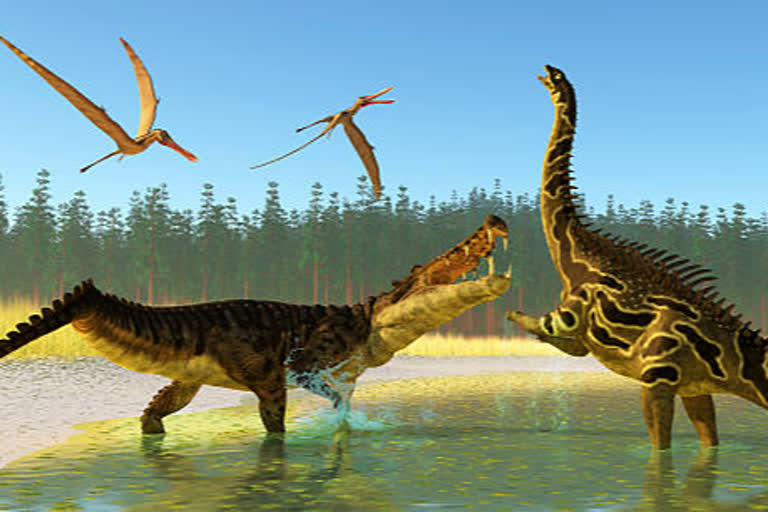New York: Sixty million years of climate change triggered the meteoric rise of reptiles around 250 million years ago, not a mass extinction of mammals as previously thought, a new Harvard University-led study has said.
Just over 250 million years ago, during the end of the Permian period, and start of the Triassic, reptiles' rates of evolution and diversity started exploding, leading to a dizzying variety of abilities, body plans, and traits. For the longest time, this flourish was explained by their competition being wiped out by two of the biggest mass extinction events (around 261 and 252 million years ago) in the history of the planet.
Harvard palaeontologist Stephanie Pierce's research shows that the evolution and diversification, seen in early reptiles, not only started years before these mass extinction events, but instead were directly driven by what caused them in the first place, rising global temperatures due to climate change. "Climate change actually directly triggered the adaptive response of reptiles to help build this vast array of new body plans and the explosion of groups that we see in the Triassic," said Tiago R. Simoes, a postdoctoral fellow in the Pierce lab and lead author on the study.
In the paper, published in the journal Science Advances, the researchers provided a close look at how a large group of organisms evolve because of climate change, which is especially pertinent today as temperatures continually rise. In fact, the rate of carbon dioxide released into the atmosphere today is about nine times what they were during the timeframe that culminated in the biggest climate change-driven mass extinction of all time, 252 million years ago: the Permian-Triassic mass extinction.
